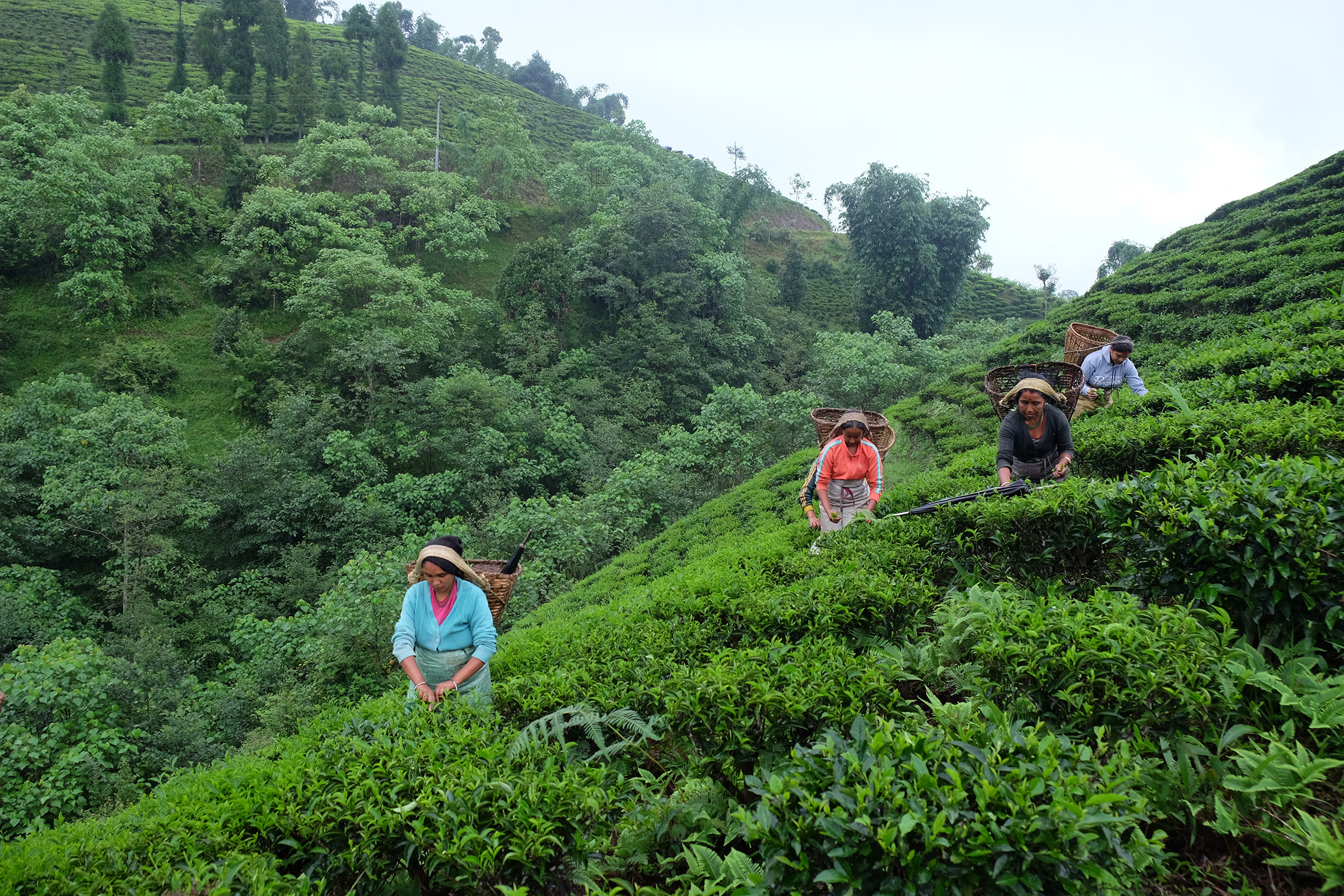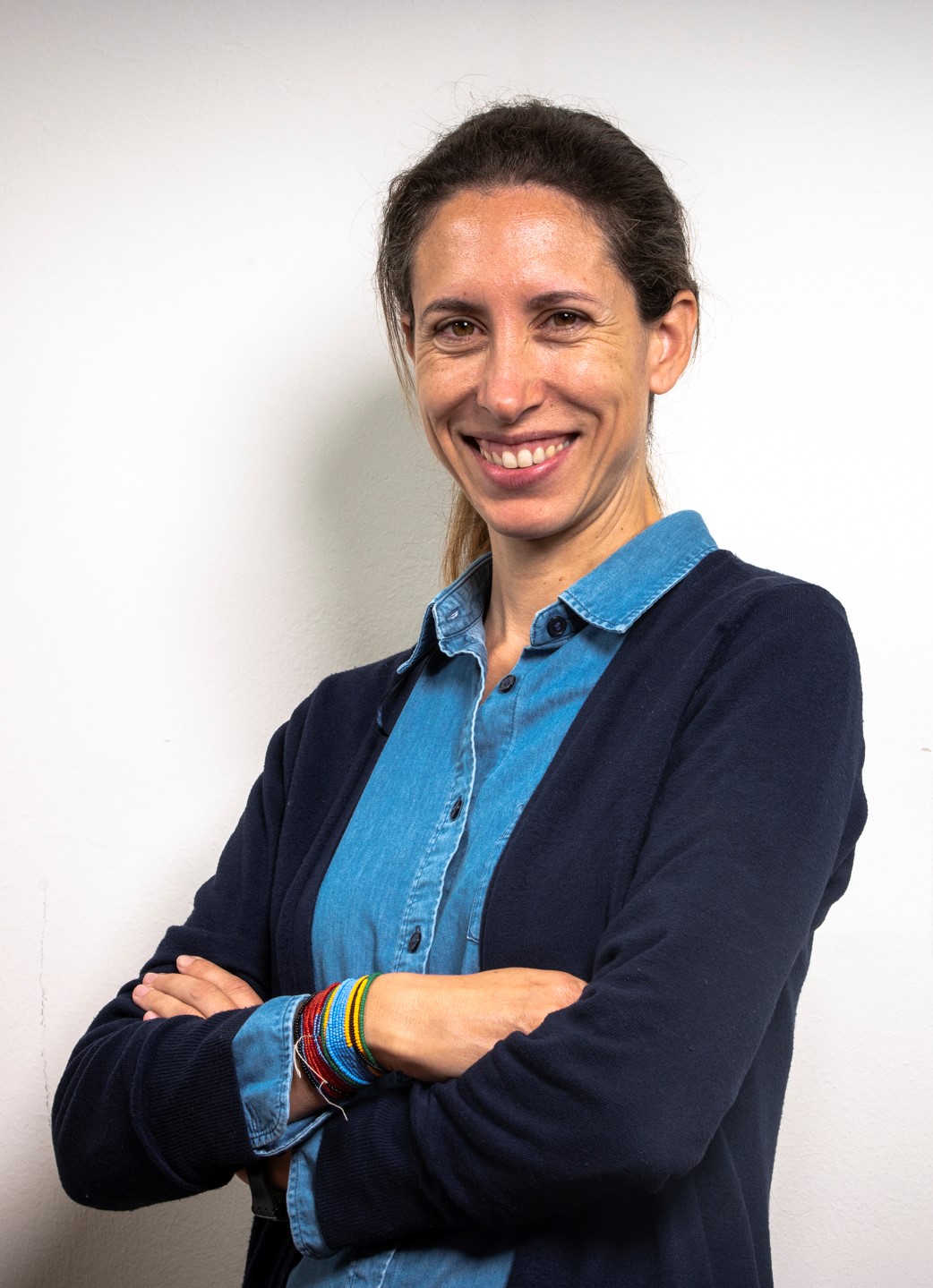Following more than a decade of REDD+ readiness and implementation of specific actions to reduce deforestation and forest degradation, many forested countries are now starting to approach the Results-based Payments phase. Before receiving these payments, each country must prepare a Benefit Sharing Plan (BSP). These plans lay out the basic strategies by which funds will be distributed. The objective is to distribute these funds equitably, while also maximizing emissions reductions. In attempting to balance these two goals, the question - “what is equity?” - looms large. With so many competing ideas around proper BSPs, it is useful to look at how some nations have interpreted these ideas into innovative BSPs. Chile, Ghana, and Nepal each provide interesting case studies that showcase valuable options in the design of BSPs.
The Republic of Chile received payments based on the results of REDD+ actions implemented under the National Strategy of Climate Change and Vegetative Resources (ENCCRV). The ENCCRV developed a benefit sharing system to distribute Results-based Payments equitably. Two key aspects of Chile’s benefit sharing system stand out in particular: regional equity and investments in local projects. In order to acknowledge the economic and environmental differences among regions in Chile, this national BSP created a “regional equity” principle. To this end, roughly 25 percent of the nation’s total REDD+ payments is distributed equally to each region as a “basal allocation.” By earmarking a significant portion of funds for the basal allocation, the Chilean government can also promote investment in regions that may have limited capacity to start projects on their own. In addition to basal allocations, there are performance-based allocations and buffer allocations, both of which are also distributed to each region. This system of regional allocations works synergistically with the type of local allocations that are distributed on the community level in the form of investment-based projects.
Chile compensates the reduction of carbon emissions from deforestation primarily with funding that supports the implementation of social and environmental projects, ranging from agricultural research to forest fire management to ecosystem restoration. The funding the region receives from various types of allocations is invested in small and medium holders' projects, based on prioritization and public competition. The selection of such investments is based on the standard established by the ENCCRV’s Social and Environmental Framework. This ensures that the compensation is used productively and contributes to the generation of additional ER credits. The combination of the basal allocation and other allocations allows regions to start projects to reduce deforestation and forest degradation despite their high upfront costs. These projects, in turn, contribute to the continued creation of ERs and can lead to further investment in the region through additional performance-based allocations.
In the Republic of Ghana, the Ghana Cocoa Forest REDD+ Programme focuses on reducing deforestation and improving cocoa yields, and it is one of the programmes through which the nation is implementing its national REDD+ strategy. The Ghanian Forestry Commission and the Cocoa Board jointly created this programme and developed a related BSP which incorporates equity by focusing on non-monetary benefits, such as improving local institutions and the agricultural sector by reducing forest encroachment. Benefits are distributed based on numerous performance indicators, many of which allow the BSP to have a strong equity focus. For example, one such indicator is whether or not a project meets the minimum percentage of women participating. These performance indicators attempt to reward those who achieve the most equity in their projects by modifying the amount of funds received based on compliance with these social performance indicators. Because there are multiple indicators, project implementors are continuously incentivized to increase equity in their projects.
The Republic of Nepal offers another way to incorporate equity in benefit sharing through its BSP for the 13 Terai Arc Landscape Districts. In this case, most benefits are monetary payments which are distributed to forest communities and, to a lesser extent, government authorities managing forested lands. Achieving equity is based on certain allocation criteria and how funds are used once received. In terms of allocation, five percent of all the REDD+ emissions reduction payments that the nation receives are dedicated to poverty alleviation. These go towards impoverished households who rely on forest resources. These payments do not directly compensate for emissions reduction actions but have a clear objective to support enhanced livelihood. Another, 75 percent of the national funding is considered “performance-based” and distributed to forest communities and government forest agencies. This performance is measured according to how much land a community manages and whether a sustainable management plan is in place. This means that communities that make an effort to manage land in a sustainable manner are compensated for their efforts – even if they are unsuccessful in achieving emissions reductions. When “performance-based” funds are received by forest communities, they are allocated as follows: 25 percent for forest development, conservation and management; 37.5 percent for poverty reduction, women’s empowerment and the development of forest-based enterprises; and, 37.5 percent for group welfare activities. Because these categories are so multi-faceted, and the payments are monetary, Nepalese communities can exercise a greater amount of flexibility in how they invest their REDD+ funds, while still ensuring they support community development. Overall, the 13 Terai Arc BSP goes beyond simply compensating for achieved emissions reductions by showing a focus on supporting those in need and those who work towards emissions reductions.
These examples from Chile, Ghana and Nepal represent different approaches to the distribution of Results-based Payments. Overall, they highlight a useful range of innovative options that could also serve to inform other nations as they move forward with the development of their own BSPs. The UN-REDD Programme remains committed to supporting countries in the development and implementation of their BSP schemes, including the provision of technical assistance in the clarification of carbon rights, beneficiaries' rights and legal arrangements.






